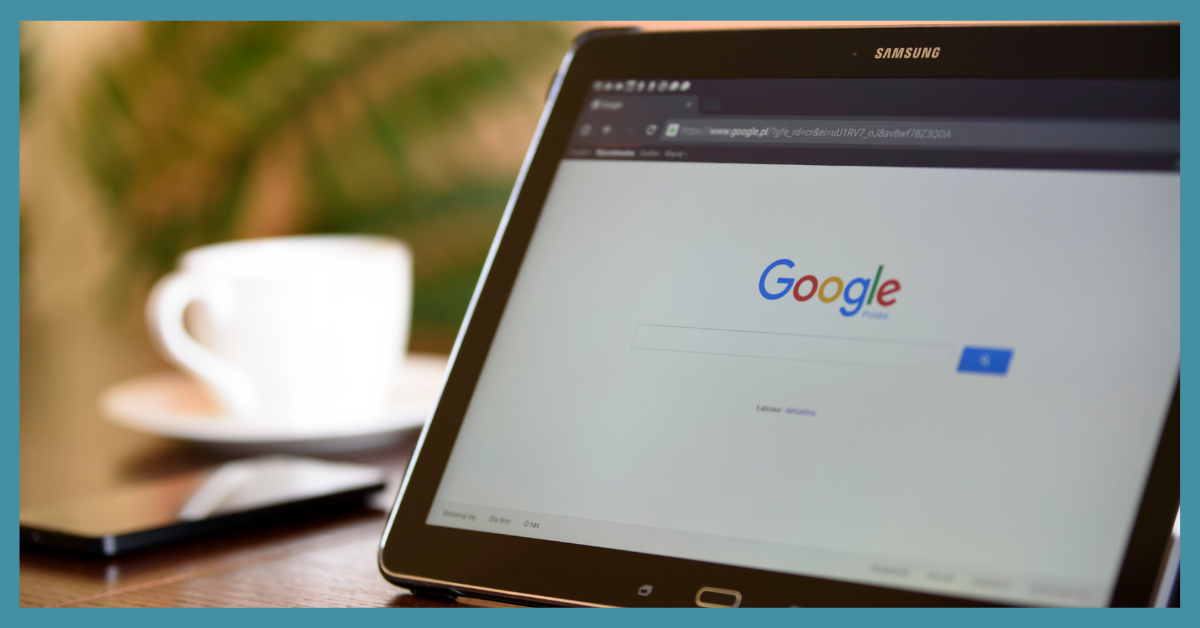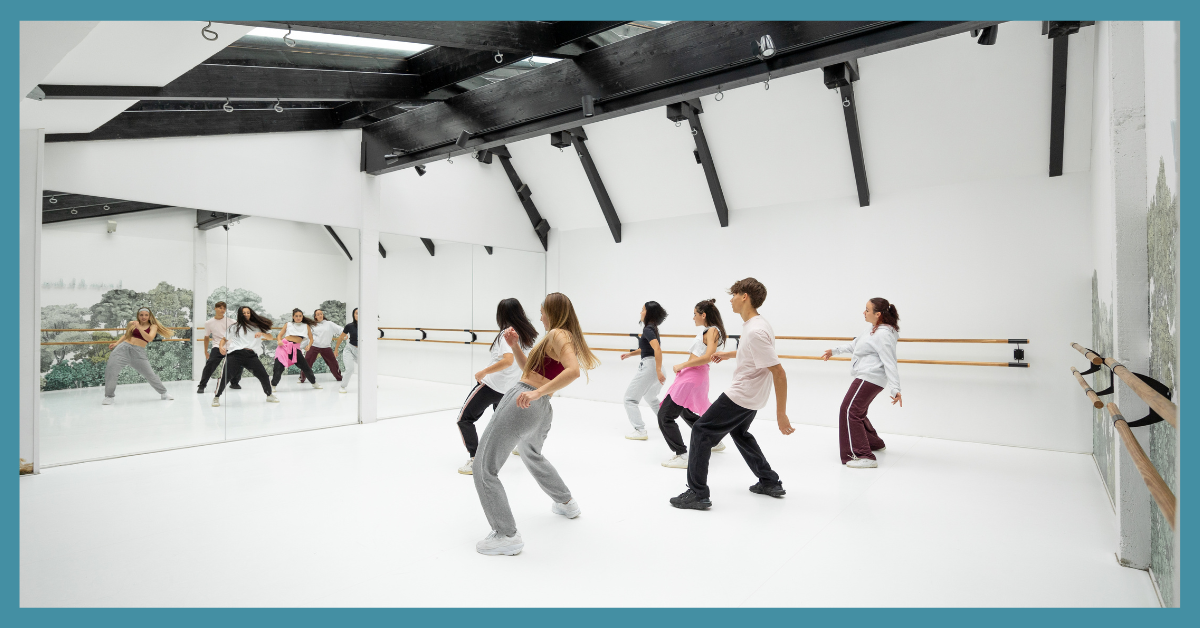Preparing for Your Dance Teaching Qualification: Jackie’s Expert Tips for Success

Over the years, I’ve had the pleasure of training hundreds of teachers towards their professional dance qualifications across a range of associations. I’ve also examined many candidates myself, which means I’ve seen the process from both sides of the table.
Supporting teachers in their journey – whether they’re transferring from dancer to teacher or qualifying in a new subject – is one of the most rewarding parts of my job. Watching people grow in confidence as their knowledge and teaching skills develop is always a joy to see.
When I’m asked what makes the biggest difference in exam success, my top tip is this: remember that many professional dancers already have a wealth of transferable skills. Use the musicality, discipline, and performance quality you’ve built as a dancer – these are powerful assets in a teaching exam. Combine them with a solid understanding of technique and clear communication, and you’re already halfway there.
Here are some of my best pieces of advice for anyone preparing for their professional teaching exams.
1. Get real teaching experience
Teaching experience is essential. You need to be able to dance as leader and follower – to dance it as one and say it as another – and that takes months, even years, to perfect.
Spend as much time as you can in a real teaching environment. Volunteer in local schools, assist in both children’s and adult classes, and observe how experienced teachers handle different levels and personalities. You’ll learn when to let a class practise on their own, when to call them back in, and how to correct mistakes without damaging confidence. That’s what shapes you into a teacher.
It really shows in the exam room. An examiner can instantly tell when someone has been teaching regularly – it comes through in the way you explain, demonstrate, and connect your knowledge to real-life situations.
2. Listen carefully to the question
One of the most common pitfalls I see in exams is giving too much information – or the wrong kind. Always listen carefully to what the examiner is asking.
If you’re asked for the footwork of a particular figure, don’t start talking about amount of turn – answer the question that’s asked.
Similarly, if the question is, “What would you teach on week one of a beginner’s Waltz?”, that’s not the time to dive into CBM and alignments. They’re looking for a simple, practical answer. If you’ve been buried in the book for months, it’s easy to overcomplicate things – but the best teachers know how to keep it clear and level-appropriate.
3. Don’t learn the book in parrot fashion
There’s so much information in the technique books that it can become overwhelming. Learning it word for word won’t necessarily help you teach or recall it under pressure.
Instead, understand the technique by dancing it. When you dance with correct footwork, alignment, and rise and fall, the technical terms will come naturally because your body knows what it’s doing.
4. Perfect your solo demonstration
Your solo demonstration is one of the most revealing parts of a teaching exam for styles like Latin, Ballroom, and Classical. Clarity is key.
In a solo, one person is showing what two people are doing. It must be obvious where the partner would be – whether you’re dancing in line, outside partner, or in promenade position. The examiner should be able to see both bodies through your movement.
And don’t just mark through the steps. Dance them fully and beautifully. Show your understanding through the way you move.
5. When the mist comes down
Anyone who has experienced a teaching exam knows that moment when the pressure hits – when what I call the mist comes down.
It’s that feeling when you suddenly can’t remember the words from the book. But if you’ve danced it properly in your training, you can look at what your feet are doing and where your body is positioned, and recall from there. Good movement guides memory.
6. Presentation and mindset matter
Remember, examiners are not there to catch you out – they want to see you succeed. Go in looking presentable, stay calm, and treat the exam as an opportunity to show how much you’ve learned.
After years of hard work and study, your exam is your moment to demonstrate not just what’s written in the book, but what you’ve absorbed as a teacher.
Final Thoughts
Preparing for a teaching qualification can take years, but the exam itself might be little more than an hour. Success comes down to understanding, experience, and clarity – not just memorisation.
If you dance it well, the knowledge will come naturally.






Responses